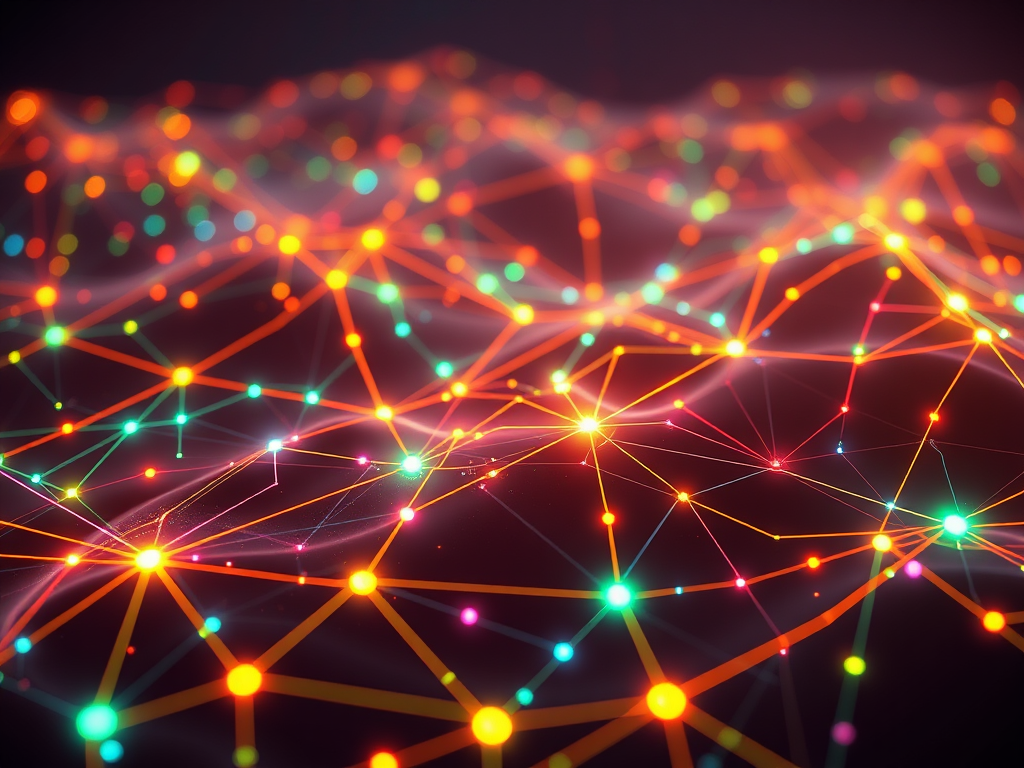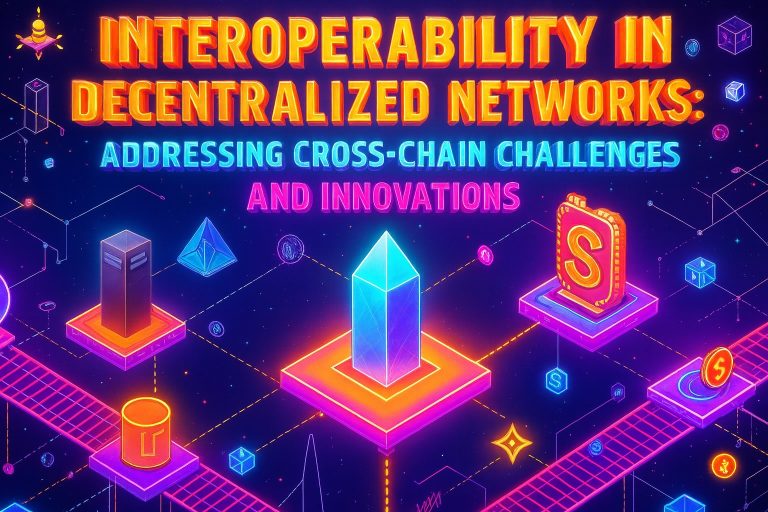
Decentralized Physical Infrastructure Networks (DEPIN) represent a significant paradigm shift in our approach to infrastructure and services. By leveraging decentralized principles, DEPIN aims to create more resilient, efficient, and inclusive systems. At the heart of DEPIN are three fundamental components: nodes, networks, and protocols. Understanding these elements is essential for comprehending how decentralized ecosystems operate and thrive.
1. Nodes
Definition and Role
Nodes are the foundational building blocks of any decentralized network. In the context of DEPIN, nodes encompass a wide range of devices and entities, including computers, sensors, IoT devices, and even physical assets like vehicles or buildings. Each node contributes to the network’s functionality by providing resources, processing data, or facilitating communication.
Types of Nodes
- Full Nodes: These nodes maintain a complete copy of the network’s data, ensuring integrity and providing validation for transactions. Full nodes play a critical role in the security and reliability of the network.
- Light Nodes: These nodes do not store the full dataset but instead rely on full nodes for verification. Light nodes are particularly useful in resource-constrained environments because they require less storage and processing power.
- Edge Nodes: Positioned at the periphery of the network, edge nodes process data closer to the source, which reduces latency and bandwidth usage. This is particularly advantageous in applications requiring real-time data processing, such as smart cities or autonomous vehicles.
Importance of Nodes
The distribution of nodes across a decentralized network enhances its resilience and reliability. By dispersing data and processing tasks, DEPIN minimizes the risk of single points of failure. This architecture not only increases uptime but also bolsters security against cyber threats. In addition, the diverse types of nodes can be tailored to specific applications, allowing for flexibility and scalability in various use cases.
Challenges with Nodes
Despite their benefits, managing nodes in a decentralized network poses challenges. Ensuring that nodes operate effectively requires addressing issues like power consumption, maintenance, and the need for incentives to keep nodes active. Additionally, the heterogeneity of nodes can complicate communication and data consistency.
2. Networks
Definition and Structure
In DEPIN, networks refer to the interconnected nodes that communicate and share data. The structure of these networks can vary significantly based on the specific application, objectives, and governance models of the decentralized ecosystem. The design of the network is critical in determining how efficiently data is processed and shared.
Types of Networks
- Public Networks: Open to anyone, these networks promote transparency and inclusivity. Participants can join freely, which fosters a collaborative environment. Examples include blockchain networks like Ethereum.
- Private Networks: Restricted to specific participants, these networks are often used by organizations to maintain control over sensitive data. They are particularly useful in enterprise settings where security and privacy are paramount.
- Hybrid Networks: Combining elements of both public and private networks, hybrid models allow for flexibility in access and governance. This approach can balance the need for transparency with the requirement for confidentiality.
Importance of Network Design
The architecture of the network significantly influences scalability, performance, and user experience. A well-structured network can efficiently handle a large number of transactions and interactions, promoting overall system effectiveness. Factors such as node distribution, bandwidth allocation, and communication pathways all play a role in determining the network’s capacity to meet demand.
Challenges with Networks
Designing and maintaining a decentralized network comes with its own set of challenges. Network congestion, latency issues, and security vulnerabilities are common concerns. Furthermore, ensuring interoperability among diverse nodes and systems requires robust and adaptable network protocols.
3. Protocols
Definition and Function
Protocols are the rules and standards that govern communication within the network. They define how nodes interact, share information, and maintain consensus. In a decentralized ecosystem, protocols are crucial for ensuring interoperability among diverse nodes and systems, facilitating smooth communication and collaboration.
Key Protocols in DEPIN
- Consensus Protocols: These protocols determine how nodes agree on the state of the network. Common consensus mechanisms include:
- Proof of Work (PoW): Requires nodes to perform computationally intensive tasks to validate transactions, ensuring security but consuming significant energy.
- Proof of Stake (PoS): Allows validators to create new blocks based on the number of coins they hold, promoting energy efficiency.
- Delegated Proof of Stake (DPoS): Involves a voting system where stakeholders elect a small number of validators to secure the network.
- Communication Protocols: These facilitate data exchange between nodes. Examples include:
- MQTT (Message Queuing Telemetry Transport): A lightweight protocol ideal for IoT applications, focusing on efficient data transmission.
- WebSocket: A protocol that enables real-time communication between clients and servers, suitable for applications requiring instant data updates.
- Security Protocols: Protect data integrity and user privacy. Key protocols include:
- Transport Layer Security (TLS): Ensures secure communication over networks.
- End-to-End Encryption: Protects data from being accessed by unauthorized parties during transmission.

Importance of Protocols
Robust protocols enhance security, efficiency, and user trust. They ensure that all participants in the network can collaborate seamlessly, fostering a cooperative environment essential for decentralized systems. Well-defined protocols not only streamline operations but also provide a framework for innovation and adaptability as technology evolves.
Challenges with Protocols
Creating effective protocols is challenging due to the need for balancing security, efficiency, and decentralization. Additionally, protocols must be adaptable to accommodate the diverse needs of various applications while ensuring that all nodes can communicate effectively.
Conclusion
The efficacy of Decentralized Physical Infrastructure Networks hinges on the interplay between nodes, networks, and protocols. Each component plays a vital role in maintaining the integrity, security, and functionality of the ecosystem. As DEPIN continues to evolve, understanding these key components will be essential for leveraging their full potential in transforming infrastructure and services across various sectors.
As the demand for decentralized solutions grows, the ongoing development of nodes, networks, and protocols will be crucial in addressing the challenges of scalability, security, and user engagement. By fostering collaboration, innovation, and inclusivity, DEPIN can pave the way for a more decentralized future, where individuals and communities benefit from a more resilient and equitable infrastructure.





